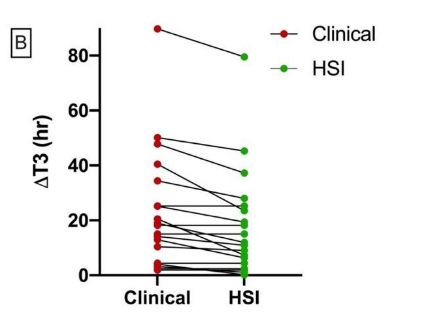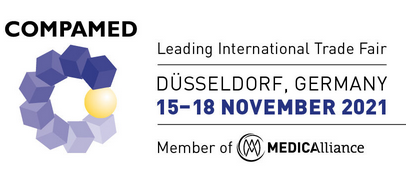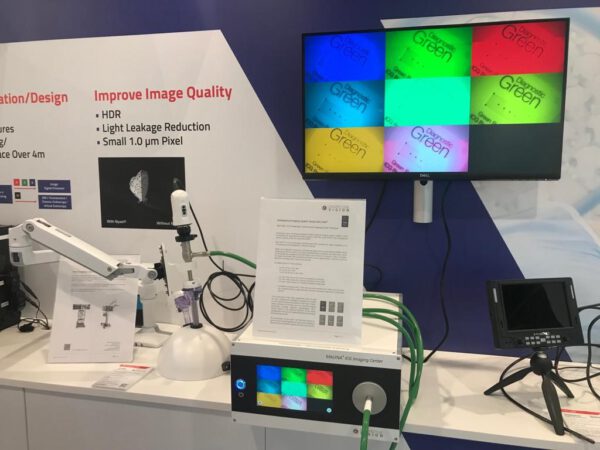Erste HSI-Studie im Bereich der Pankreaschirurgie
Mehrere chirurgische Disziplinen haben HSI, eines der führenden neuen Bildgebungssysteme, bereits mit nachweisbarem Erfolg zur Erkennung der Gewebeperfusion eingesetzt. In einer aktuellen Studie der Leipziger Arbeitsgruppe um Ines Gockel wurde nun die hyperspektrale Bildgebung erstmalig als hilfreiches Tool zur Bewertung der Leber- und Magenperfusion während der Pankreatoduodenektomie untersucht.
Quelle: Moulla Y, Buchloh DC, Köhler H, Rademacher S, Denecke T, Meyer HJ, Mehdorn M, Lange UG, Sucher R, Seehofer D, Jansen-Winkeln B, Gockel I. Hyperspectral Imaging (HSI)—A New Tool to Estimate the Perfusion of Upper Abdominal Organs during Pancreatoduodenectomy. Cancers. 2021;13:2846. doi: 10.3390/cancers13112846
https://www.mdpi.com/2072-6694/13/11/2846
Video-Paper zur Präzisionschirurgie mit HSI
In einem Video-Paper von Jansen-Winkeln et al. wird eindrucksvoll gezeigt, wie durch die Kombination von robotergestützter Chirurgie mit intraoperativem Neuromonitoring und neuen bildgebenden Technologien, wie dem HSI, bei Rektumkarzinomen maximale Präzision erreicht werden kann.
Quelle: Jansen-Winkeln B, Mehdorn M, Lange UG, Köhler H, Chalopin C, Gockel I. Precision Surgery In Rectal Resection With Hyperspectral And Fluorescence Imaging And Pelvic Intraoperative Neuromonitoring (With Video). Surg Technol Int. 2021;38:sti38/1383
HSI korreliert mit dem konventionellen Modified Allen’s Test (MAT)
Heimes et al. zeigt in einer Studie an 114 gesunden Patienten, dass HSI als zusätzliche Methode zur Beurteilung der kollateralen Durchblutung der Hand vor invasiven Eingriffen mit Schädigung oder Entnahme der A. radialis dienen könnte, da mit HSI zuverlässig zwischen Perfusion und Okklusion unterschieden werden kann. Hierbei weist HSI eine starke Korrelation zum bisherigen Goldstandard, dem modifizierten Allen‘s Test (MAT), auf. Die Autoren betonen die vielen Vorteile der HSI-Technologie gegenüber der alleinigen visuellen Beurteilung: HSI liefert objektive, reproduzierbare Ergebnisse ohne Interobserver-Fehler, kann auch von nicht-medizinischem Personal angewendet werden und gibt eine visuelle und messbare Rückmeldung.
Heimes D, Becker P, Thiem DGE, Kuchen R, Kyyak S, Kämmerer PW. Is Hyperspectral Imaging Suitable for Assessing Collateral Circulation Prior Radial Forearm Free Flap Harvesting? Comparison of Hyperspectral Imaging and Conventional Allen’s Test. J Pers Med. 2021;11:531. doi: 10.3390/jpm11060531
https://www.mdpi.com/2075-4426/11/6/531





